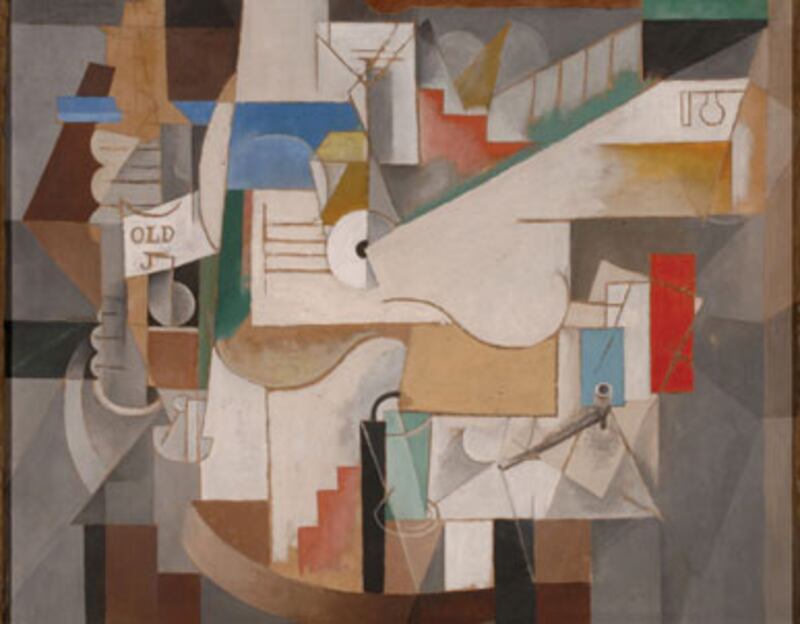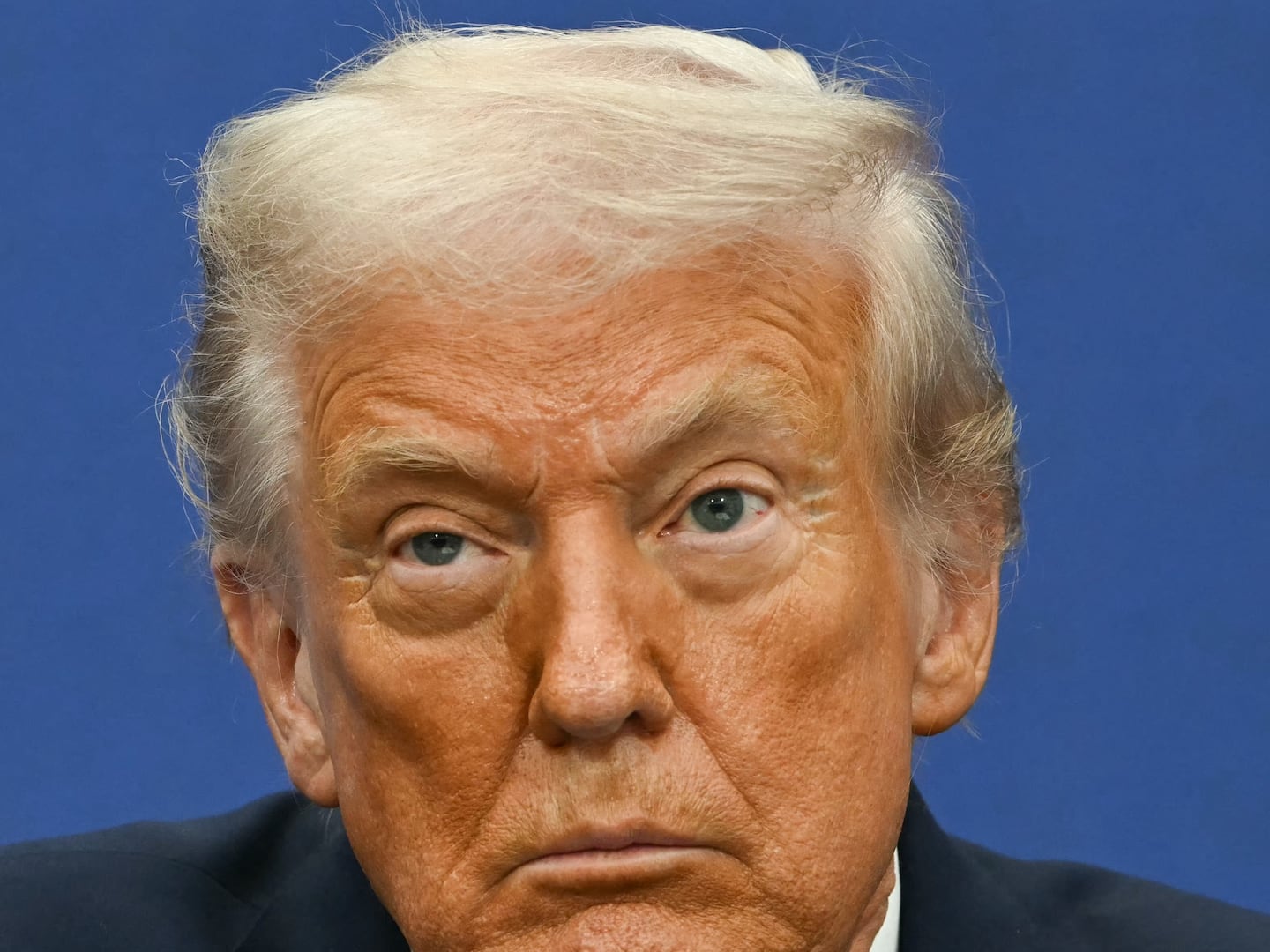One of the greatest, most probing episodes in the career of one of the greatest, most probing artists of all time looks as though it was inspired by a humble guitar. That's one conclusion to draw from Picasso Guitars: 1912-1914, a wonderful new exhibition at the Museum of Modern Art in New York.
The fall of 1912 was a watershed for the 31-year-old Picasso. Over the previous three years, he and his friend Georges Braque had invented cubism, thinking they'd discovered a new kind of depiction that could rival the high realism of Michelangelo and Rembrandt. By the end of year three, they'd come to realize that cubism could pull the world apart, but it couldn't put it back together in ways our brains could use. Yet cubism's failure was so glorious that it counted as a huge success: Rather than singling out one way forward, cubism, in its failure, showed that the task ahead for modern art was to open up as many new directions as it could. (Lovers of "isms" have always labeled the 1909 style "analytic cubism," and the post-1912 work "synthetic cubism," but these terms are pretty much useless.)
Picasso would have done fine resting on the laurels that he won in 1909. Instead, in 1912, he decided to push forward onto new paths.
We see the first signs of a crossroads in late summer, when he shot a photograph of four classic cubist pictures leaning up against the wall, as complex and confusing as any art could be. And above those hang two new oval canvases, clear and bold and crisp, as though they were clearing out cubism's fogs. Both those ovals depicted guitars.
Looking at the stunningly profound and complex art on view at MoMA, one single question nagged at me more than any: Of all the objects Picasso could have used to launch this second revolution in his art, why choose the guitar?
To read an analysis of eight of Picasso's images of guitars, visit the gallery below.
Gallery: Picasso's Guitars

• Art Beast: The Best of Art, Photography & Design• View Blake Gopnik's Daily PicsPlus: ">Check out Art Beast, for galleries, interviews with artists, and photos from the hottest parties.
Blake Gopnik writes about art and design for Newsweek and The Daily Beast. He previously spent a decade as chief art critic of the Washington Post and before that was an arts editor and critic in Canada. He has a doctorate in art history from Oxford University, and has written on aesthetic topics ranging from Facebook to gastronomy.






